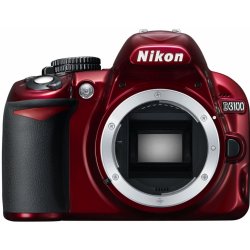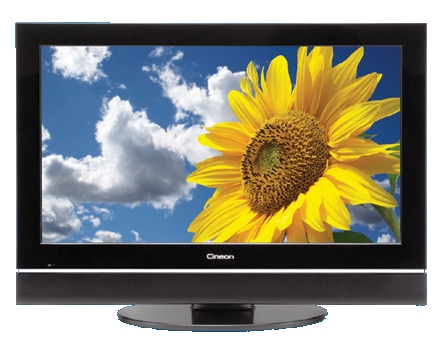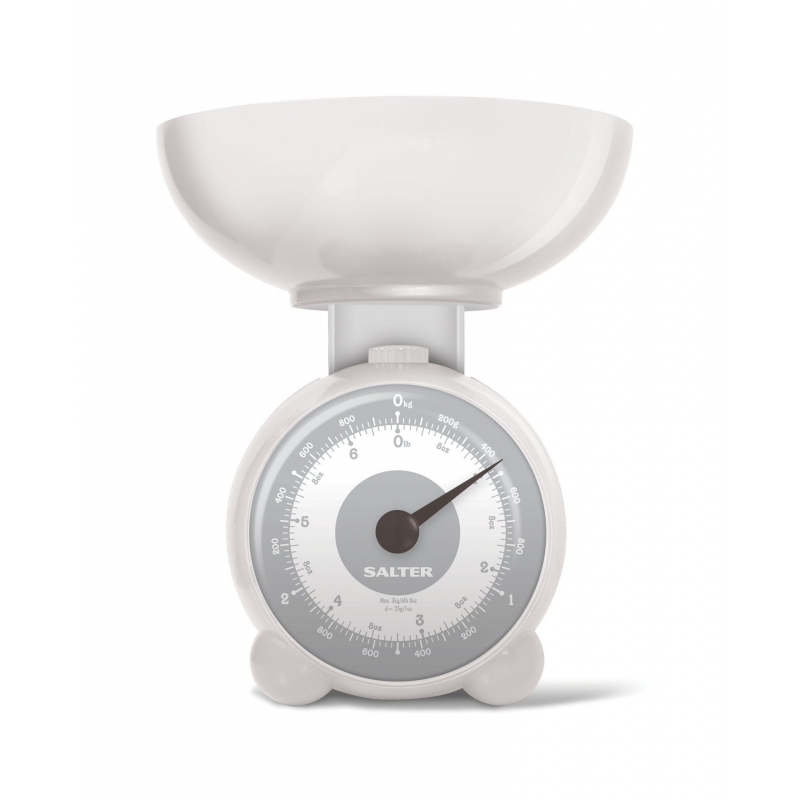Modul electro
A. Anotace modulu
Tvůrce modulu: Ing. Bc Karel Antoš( VŠTECB )
Modul je zaměřen na práci s odborným technickým textem, na specifika tohoto jazyka z hlediska lexikálního a gramatického. Vstupní text modulu elektro je nazván „Analogová a digitální elektronika“ Text podává informace o rozdílech mezi záznamech informací v analogové a digitální podobě. Jaké jsou výhody a nevýhody obou těchto druhů záznamu, jak zařízení pracující na těchto principech fungují. Dále na jak se tyto typy informací zaznamenávají a jaké jsou výhody těchto záznamů. V tomto modulu žák procvičuje a osvojuje si specifickou technicky zaměřenou slovní zásobu z oboru elektroniky na téma analogové a digitální záznamy informací. Text a cvičení odpovídají úrovni B1 – B1+ Společného evropského referenčního rámce pro jazyky.
1. Text 1 2. Video / audionahrávka Video /audio recording 3. Slovní zásoba k textu Text vocabulary 4. Otázky k textu 1 Text 1 questions 5. Obrázky 6. Pictures Slovní zásoba k obrázkům Pictures vocabulary 7.Cvičení na slovní zásobu Vocabulary exercises 8. Gramatická cvičení Grammar exercises 9. Text 2 Text 2 10. Otázky k textu 2 Text 2 pictures 11. Cvičný kontrolní text Practice test 12. Zdroje Sources
Text1
Analog and digital electronics
There are two very different ways of storing information—known as analog and digital. It sounds like quite an abstract idea, but it's really very simple. Suppose you take an old-fashioned photograph of someone with a film camera. The camera captures light streaming in through the shutter at the front as a pattern of light and dark areas on chemically treated plastic. The scene you're photographing is converted into a kind of instant, chemical painting—an "analogy" of what you're looking at. That's why we say this is an analog way of storing information. But if you take a photograph of exactly the same scene with a digital camera, the camera stores a very different record. Instead of saving a recognizable pattern of light and dark, it converts the light and dark areas into numbers and stores those instead. Storing a numerical, coded version of something is known as digital. Electronic equipment generally works on information in either analog or digital format. In an old-fashioned transistor radio, broadcast signals enter the radio's circuitry via the antenna sticking out of the case. These are analog signals: they are radio waves, traveling through the air from a distant radio transmitter, that vibrate up and down in a pattern that corresponds exactly to the words and music they carry. So loud rock music means bigger signals than quiet classical music. The radio keeps the signals in analog form as it receives them, boosts them, and turns them back into sounds you can hear. But in a modern digital radio, things happen in a different way. First, the signals travel in digital format—as coded numbers. When they arrive at your radio, the numbers are converted back into sound signals. It's a very different way of processing information and it has both advantages and disadvantages. Generally, most modern forms of electronic equipment (including computers, cell phones, digital cameras, digital radios, hearing aids, and televisions) use digital electronics.
Audio / Video
Slovní zásoba k textu
| storing | uchovávání | to broadcast | vysílat | |
| old-fashioned | starodávný | circuitry | obvod | |
| to capture | zachytit | via | prostřednictvím | |
| streaming | vysílání | sticking out | vyčnívat | |
| shutter | uzávěrka | radio waves | radiové vlny | |
| pattern | vzorek | radio transmitter | rádiový vysílač | |
| to store | uchovat | to vibrate up and down | pulzovat | |
| to convert | přeměnit | to boost | zesílit | |
| numerical | číselná | way of processing | způsob zpracování | |
| equipment | zařízení | cell phone | mobilní telefon | |
| transistor | tranzistorové |
Otázky k textu 1
Obrázky
4. Text 1 pictures
Camera. (Camera [online] Importprodukt [vid. 15.11.2013].)

http://im9.cz/iR/importprodukt-orig/0e0/0e0c9a310718b6606467224ec8720b5a--mmf250x250.jpg
Thermometer. (Thermometer [online] Topkontakt [vid. 15.11.2013].)

http://s.topkontakt.cz/images//img_product/200/00913/00913862_foto_200_734d94e4af.gif
Television. (TV [online] MMS [vid. 15.11.2013].)

http://www.radiotv.cz/wp-content/uploads/2010/05/lcd-hdtv.jpg
Kitchen Scale. (Scale [online] Salter [vid. 15.11.2013].)

http://www.muj-salter.cz/image/cache/data/Salter/salter-kuchynske-vahy/139-whdr-800x800.jpg
Slovní zásoba k obrázkům
| measure | měřit | scale | váha | |
| blood pressure | krevní tlak | printer | tisk |
Cvičení na slovní zásobu
Gramatická cvičení
Text2
digital versus analog
Digital versus analog can refer to method of input, data storage and transfer, the internal working of an instrument, and the kind of display. The word comes from the same source as the word digit and digitus. The digital technology breaks your voice (or television) signal into binary code a series of 1s and 0s transfers it to the other end where another device (phone, modem or TV) takes all the numbers and reassembles them into the original signal. The beauty of digital is that it knows what it should be when it reaches the end of the transmission. That way, it can correct any errors that may have occurred in the data transfer. What does all that mean to you? Clarity. In most cases, you'll get distortion-free conversations and clearer TV pictures. The nature of digital technology allows it to cram lots of those 1s and 0s together into the same space an analog signal uses. Like your button-rich phone at work or your 200-plus digital cable service, that means more features can be crammed into the digital signal. Digital offers better clarity, but analog gives you richer quality. Digital like the VCR or the CD is coming down in cost and coming out in everything from cell phones to satellite dishes. (1.)
Otázky k textu 2
Cvičný kontrolní test
Zdroje
Electronics [online] Chris Woodford [vid. 15.11.2013]. Dostupné z: http://www.explainthatstuff.com/electronics.html
Difference between analog and digital [online] ArticleBase [vid. 15.11.2013]. Dostupné z: http://www.articlesbase.com/communication-articles/difference-between-analog-and-digital-69824.html